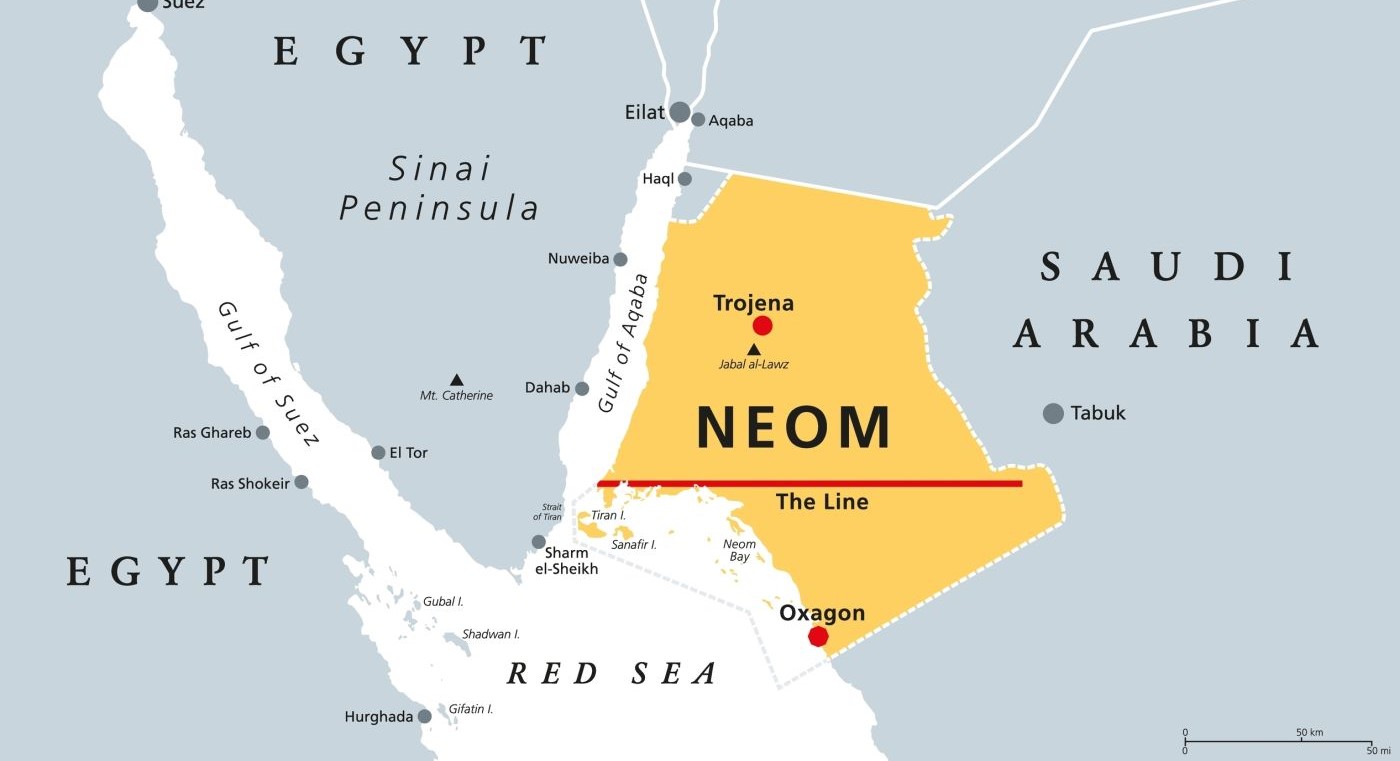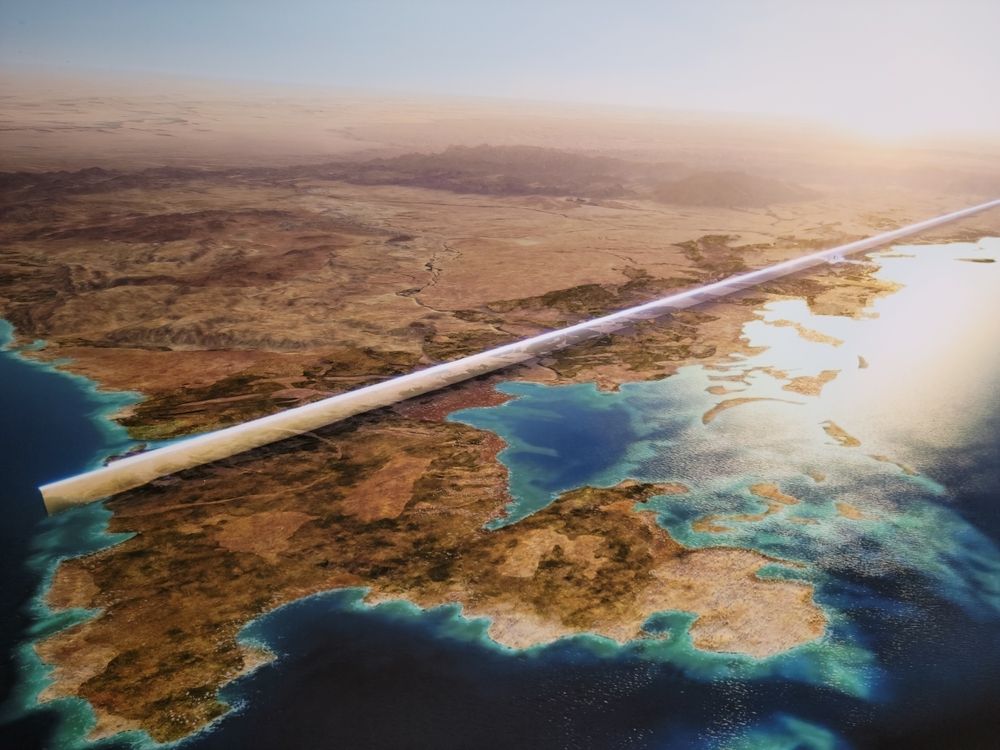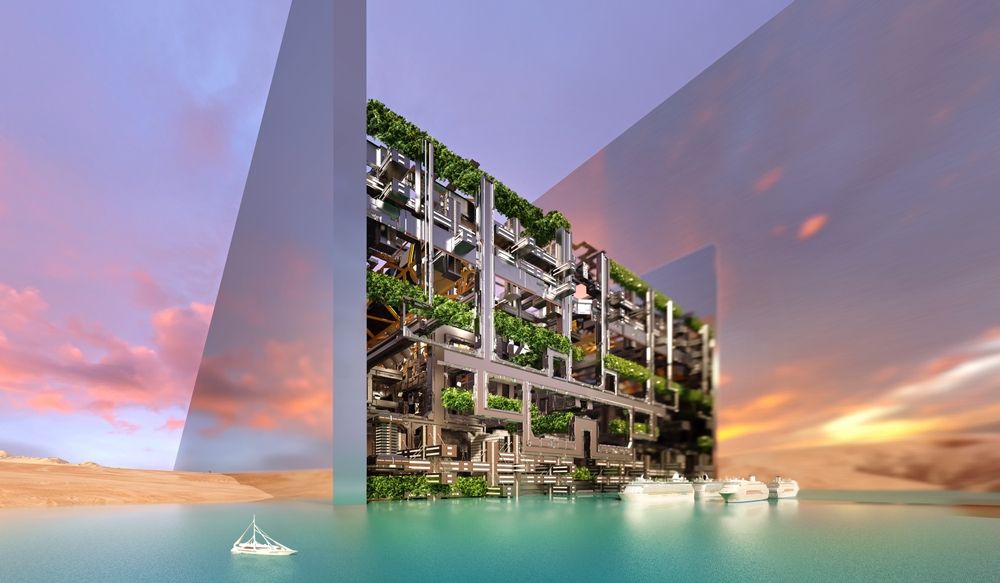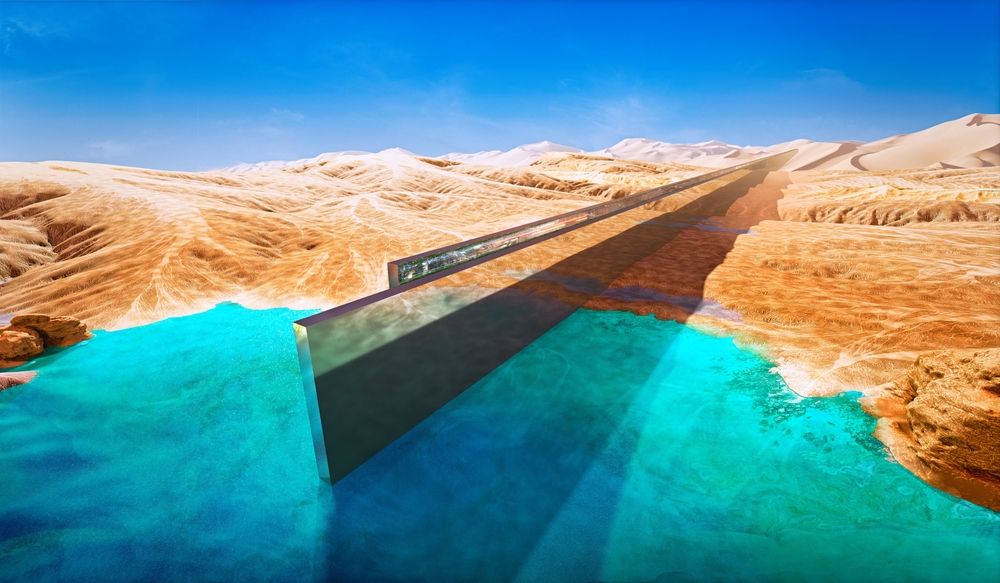Construction of “The Line” – the megacity of the future
In the desert of Saudi Arabia, more precisely in the province of Tabuk in the northwest of the country, impressive works are underway on the construction of a futuristic megacity called “The Line”. This project, the value of which is estimated at 500 billion dollars, represents one of the most ambitious urban planning undertakings in history and will certainly change the way we perceive cities and urban infrastructure forever.
The city will stretch over an extraordinary 170 kilometers, 33 times larger than New York City. “The Line” is the centerpiece of Saudi Arabia’s ambitious NEOM project, aiming to establish the kingdom as a leader in technology, sustainability and innovation.

Saudi Arabia has announced many projects involving the construction of luxury cities, buildings and skyscrapers that should surpass the world-famous Burj Khalifa. As part of its Vision 2023 initiative, aimed at achieving sustainable development and economic growth, the nation embarked on the creation of a futuristic megacity known as “The Line”. This innovative city will span 170 kilometers, connecting the coast of the Red Sea along the Gulf of Aqaba with the mountains and upper valleys of northwestern Saudi Arabia. It will cover an area of 34 square kilometers, with a width of 200 meters and a height measuring almost 500 meters above sea level. Once completed, it will rank as the third tallest structure in the country and approximately the 12th tallest structure in the world.

The primary vision for this city is its complete reliance on renewable energy sources for functioning. It will be entirely energy-independent, using renewable energy sources as its primary power source. It will also support sustainable water and food production systems, which includes the development of industries and technologies required for meeting the food and water needs of residents. Furthermore, the city will strive to achieve carbon neutrality by eliminating fossil-fuel-intensive infrastructure, such as internal combustion vehicles and highways.
The city will not feature cars or traditional roads. Instead, residents will have access to a high-speed train that will run the entire length of the megastructure, ensuring a 20-minute commute from one end to the other. “The Line” is designed to feature three levels: a pedestrian zone, an underground infrastructure and a transport level. To accommodate this, the construction of the high-speed railway will occur beneath the Earth’s surface on two separate levels, freeing up ample space on the surface for green areas, pedestrian zones, schools, residential buildings and similar facilities. The city will also be adorned with a mirrored glass facade to enhance its environmental integration. The overarching goal is to push technological boundaries, with plans for an artificial moon and the eventual integration of flying cars, all managed by artificial intelligence to oversee the city’s entire operation.

Work is currently underway on the installation of permanent foundations, with over 4,500 piles already installed in the 43rd module. This phase has achieved impressive speed, of progress averaging 60 installed piles per day. Moving forward, piling activities will expand to encompass modules 45, 46 and 47. Notably, approximately one million cubic meters of soil are excavated from the marina site every week to facilitate this remarkable construction.
The construction project for “The Line” sounds like a scene from a science fiction movie, inspired by visions of the distant future. It is fascinating that such a future is becoming a reality, as the city is planned to be completed and inhabited by 2030. “The Line” represents a potential solution to many of the traditional urban challenges faced by large cities, including traffic congestion, pollution, social inequality and overcrowding. Of course, with all its innovations and advantages, the project also faces criticism and concerns about its potential environmental impact.
Whether it will succeed and achieve its futuristic vision remains to be seen. However, one thing is certain — it will serve as a source of inspiration, sparking conversations about the future of urbanization.
